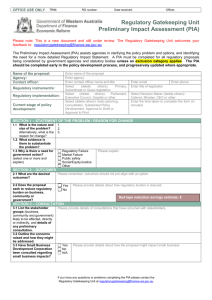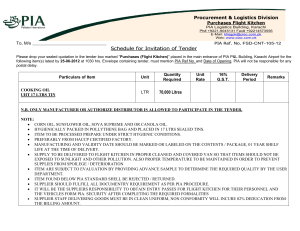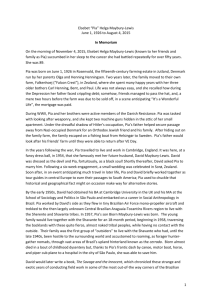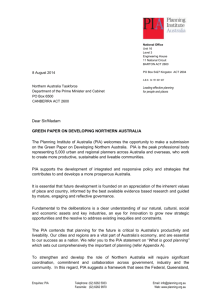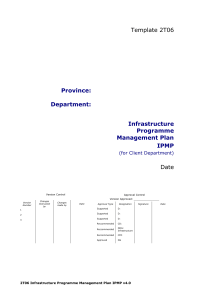Pia de Tolomei, 1836 - lifelonglearningnm.org
advertisement
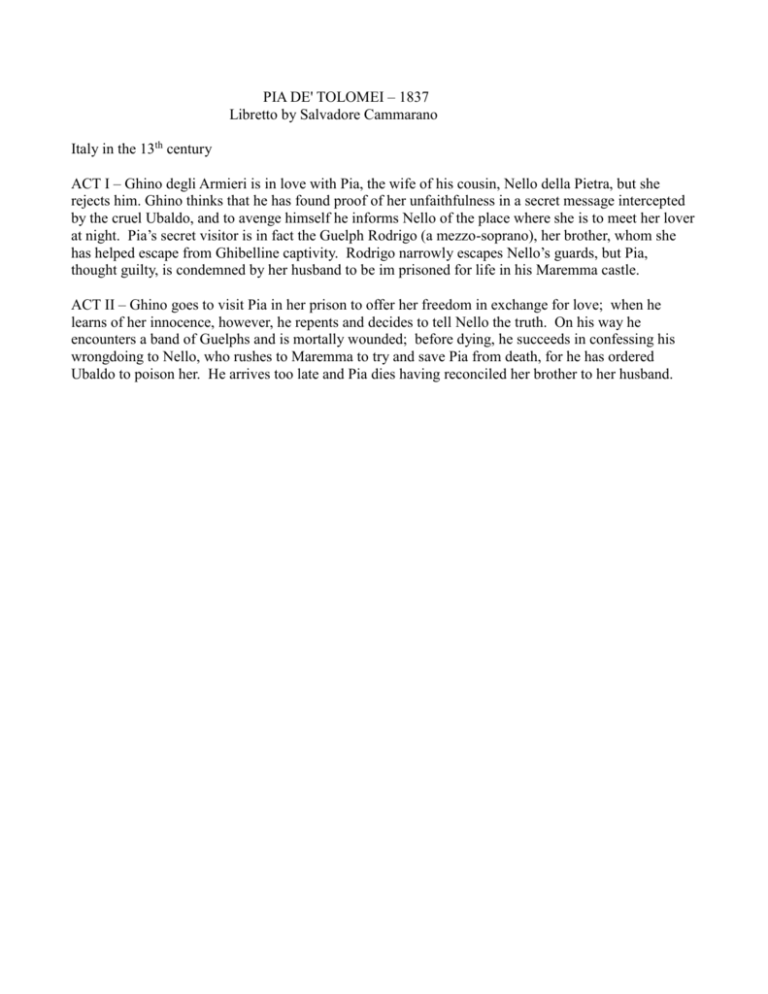
PIA DE' TOLOMEI – 1837 Libretto by Salvadore Cammarano Italy in the 13th century ACT I – Ghino degli Armieri is in love with Pia, the wife of his cousin, Nello della Pietra, but she rejects him. Ghino thinks that he has found proof of her unfaithfulness in a secret message intercepted by the cruel Ubaldo, and to avenge himself he informs Nello of the place where she is to meet her lover at night. Pia’s secret visitor is in fact the Guelph Rodrigo (a mezzo-soprano), her brother, whom she has helped escape from Ghibelline captivity. Rodrigo narrowly escapes Nello’s guards, but Pia, thought guilty, is condemned by her husband to be im prisoned for life in his Maremma castle. ACT II – Ghino goes to visit Pia in her prison to offer her freedom in exchange for love; when he learns of her innocence, however, he repents and decides to tell Nello the truth. On his way he encounters a band of Guelphs and is mortally wounded; before dying, he succeeds in confessing his wrongdoing to Nello, who rushes to Maremma to try and save Pia from death, for he has ordered Ubaldo to poison her. He arrives too late and Pia dies having reconciled her brother to her husband. This story is based on the concluding lines of the fifth canto of the Purgatory in Dante’s Divine Comedy: “Ah, when thou hast returned unto the world, And rested thee from thy long journeying.” “Do thou remember me who am the Pia; Siena made me, unmade me Maremma: He knoweth it, who had encircled first, Espousing me, my finger with his gem.” These lines allude to an obscure event that took place in Dante’s day, that is still a mystery. We are not even sure who the character is that is referred to. It may be Sapia de’ Tolomei from Siena, who married Nello Pannocchiesi della Pietra, a nobleman from Maremma and captain of the Guelph faction, who lived in the early 14th century. Either Nello had Sapia killed out of jealousy or in order to marry in 1297, Margherita Aldobrandeschi, former wife of Loffredo Caetani. Whatever the case, she plunged to her death from a window of Nello’s castle in Maremma. The story of Pia de’ Tolomei is know basically because of the Divine Comedy and comments made about it. Sapia’s death must have caused quite a stir in Dante’s times and in his poem he summarizes the events concisely. This story stirred the imagination of 19th century Romantic writers in Italy and three different authors treated it: Bartolomeo Sestini’s short poem of 1822; Giacinto Bianco’s drama staged in Naples in 1836, which Donizetti knew and another drama in 1837 by Carlo Marenco. In May 1836 Donizetti was approached by the impresario of La Fenice in Venice about staging a new opera based on this story. Donizetti had a great soprano available (she had triumphed in Lucia di Lammermoor the year before) and one of his favorite librettists. Donizetti was the music director of the royal theaters in Naples at the time, so on his way to Venice he learned that La Fenice had burnt to the ground. (December 12-13). To save the day, Donizetti accepted a fee reduction and the opera was moved to another theater in Venice, where it premiered. Its reception by the public was cool. So Donizetti quickly wrote a second version, and a third (for Naples) where the censors enforced some changes and required a happy ending where instead of dying, Pia is reconciled with her husband.
